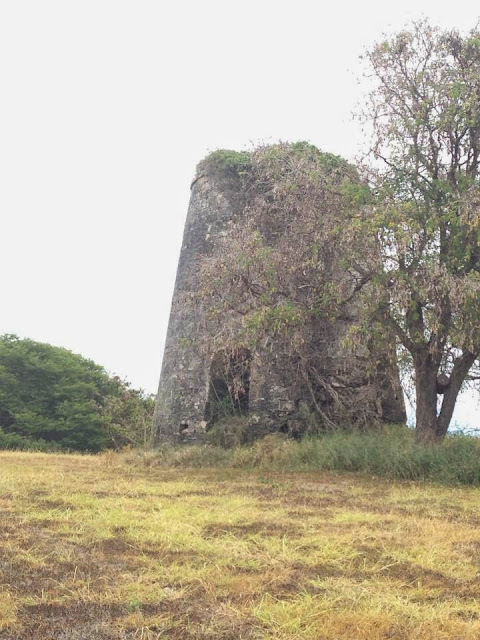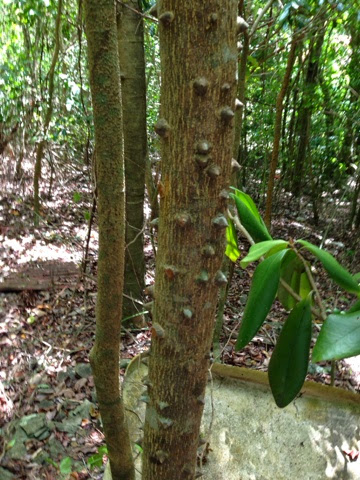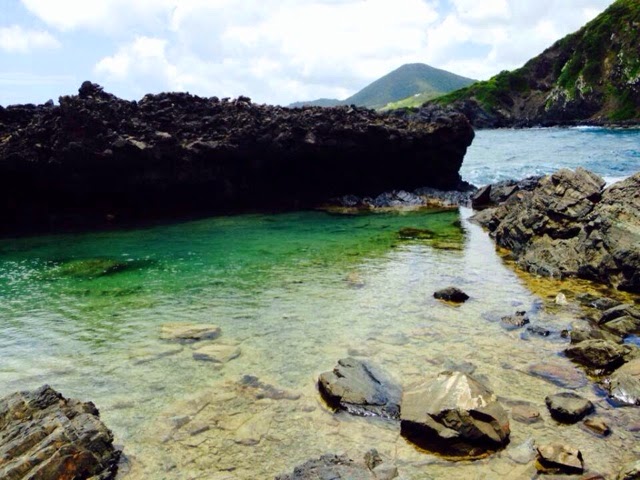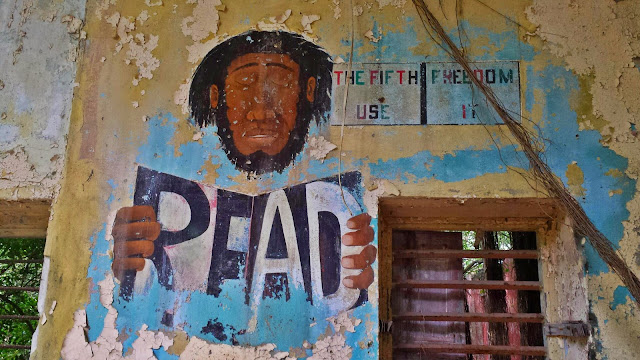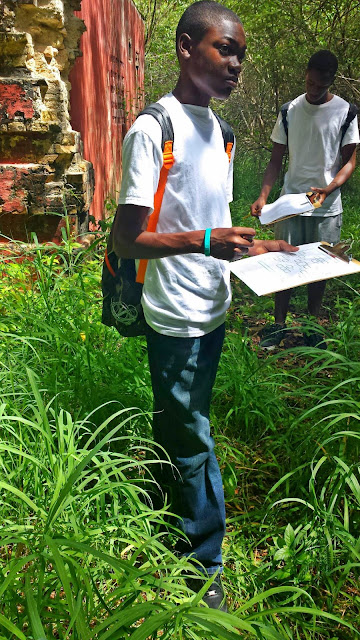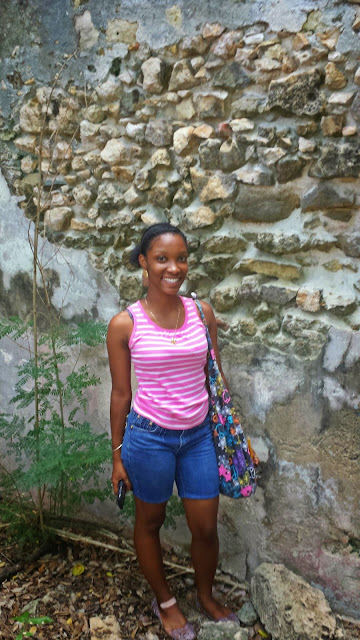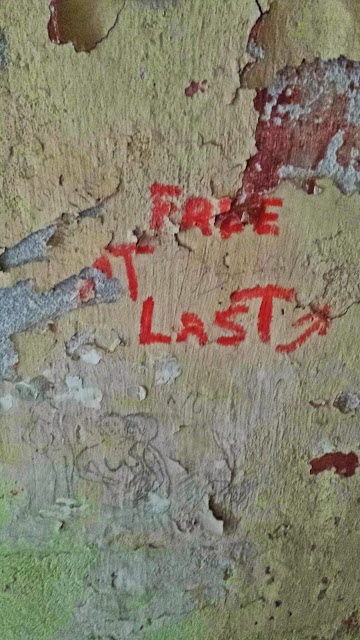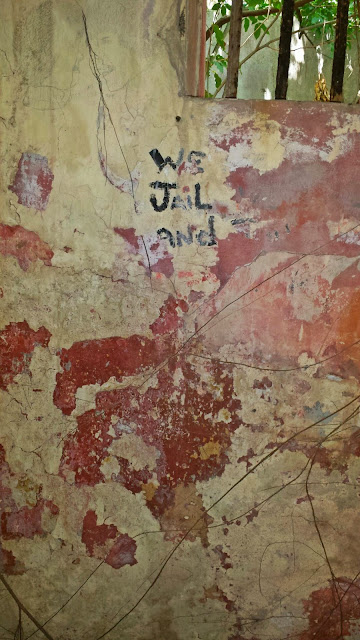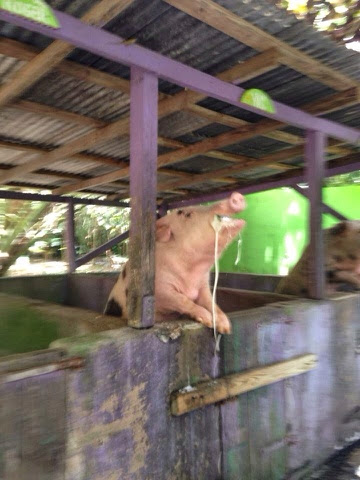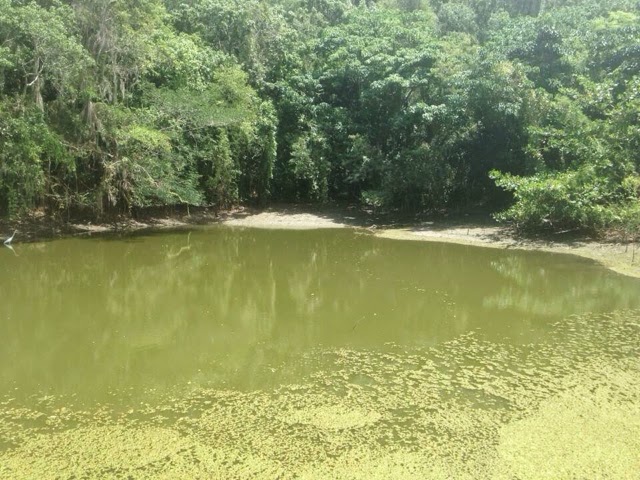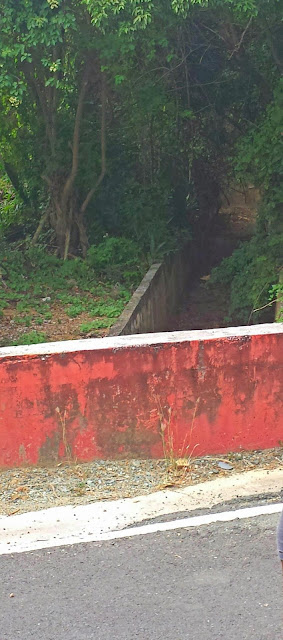We are the first stewards and ambassadors of a teen program started by the St.Croix National Park Service and Inner Changes. We all currently attending the St.Croix Educational Complex from tenth to twelfth grade. The purpose of our program is to learn the rich history of St.Croix and share it with others. Our knowledge goes back to the arrival of the enslaved people and even further back to the indians of the island. This program allowed us to experience the history of our island at first hand.
Saturday, September 6, 2014
Thursday, August 14, 2014
Tourism
Monday, August 4, 2014
Pre-Columbus Residents on St. Croix
There is an exhibit located in The Frederiksted Fort.
Monday, July 28, 2014
Haiku
Wednesday, July 23, 2014
Haiku
Because of the lost history
Sigh if only I could learn
Artistic view 2
Artistic View
Thursday, July 17, 2014
Historical Windmill
Trumbull Trail to Tide Pools
Monkey Don't Climb That Tree
Wednesday, July 16, 2014
Old Richmond Prison
The Richmond prison was built in the year of 1834. The reason this prison was build was to lock up the most rebellious slaves that was on St.Croix when slavery was effect. Moses Gotlieb also known as Buddhoe, who help lead the 1848 emancipation was one of the prisoners at the Richmond prison. Queen Mary was also a prisoner in this prison and she was the one who brought up and lead the 1878 fireburn. This building is full of history and alot of people doesn't know about it. When we visited the old prison, it was covered in grass and had alot of insects. V. Celeste Fahie was our tour guide and she gave us a pencil, a piece of white printing paper, and something that looks like a concept map but she calls it a mind map. She gave us the paper to draw what we saw at the prison and the mind map to come up with ideas to transform this prison into something that would be beneficial to the people of the virgin islands. We came up with alot of cool ideas that will be effective when the time and money is right. We saw alot of writings on the walls about how the prisoners felt about being imprisoned and the words was not very nice. Our very own Mario Moorhead was held in the prison for one day in the 1970's but we still don't know when was the last time the prison was used.
Follow the Leader to the Plantation
Christiansvaern/Christiansted Fort
This fort was finish built in the year of 1749 by the enslaved people blood, sweat, and tears. It also took 11 long and hardworking years to be completed. The colors of the fort are yellow and green with black cannons. The fort is named after King Christian VI and his symbol still stand at the entrance of the fort. This fort is now under national park service and it's a visitor's center today.
Baobab
The baobab tree was a spirtual tree for the enslaved people. People usually call it the tree of life. The reason it's called the tree of life is because it stores the water in the trunk of the tree during rainy seasons & then produce this hairy like fruit when the area is dry. The picture below is the fruit that this spiritual tree produce.
Annatto
This is an annatto which is a fruit from the achiote tree. Indians would use the seed inside for war paint. It's now used for food coloring and lipstick. In the picture below with the lady is an example of how the paint would look on skin.
Tuesday, July 15, 2014
Our Day in Our Green Rain Forest
Beer Drinking Pig
Creque Dam
Monday, July 14, 2014
Free Gut Area
Free Gut was an important area for all the enslaved people in both Christiansted and in Frederiksted. They lived in 30x30 homes for each family. When slavery was in effect, the enslaved mothers would make alot of children & live in a small home. The Danish people refuse to live near guts because of insects that would live in that area. The enslaved people would use the gut as an advantage. They use to fish, talk melee, and receive water. We were trying to get genip from the tree and we were successful. The blue house was Melvin Evans house and he was the first elected governor and last appointed governor of the Virgin Islands. Melvin Evans house was by the American Hill area. American Hill is an area in Christiansted near Free Gut, where you would find few enslaved people because the people who lived on that hill was wealthy and was from America.
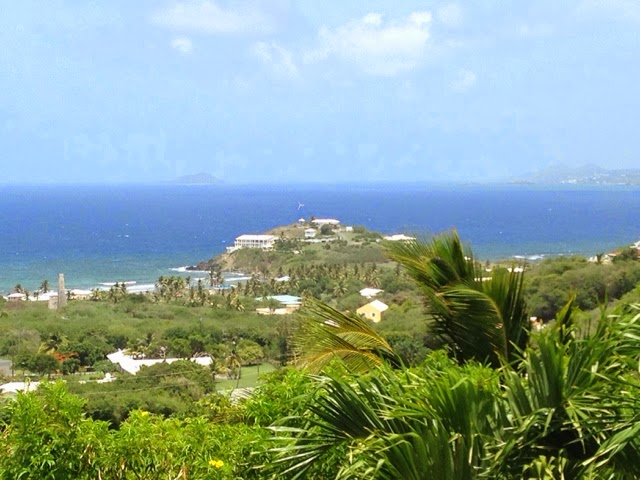

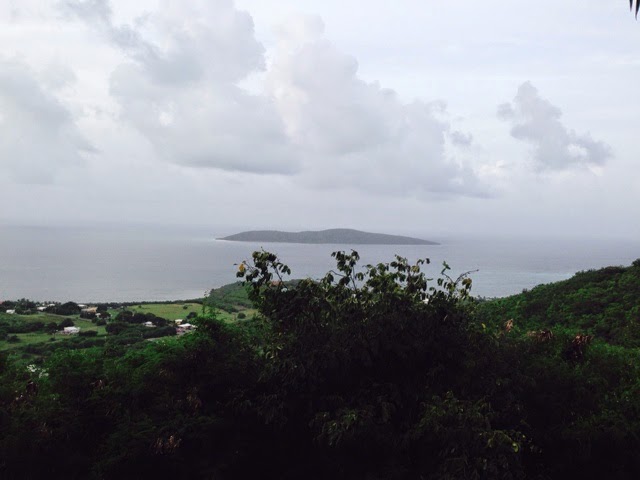


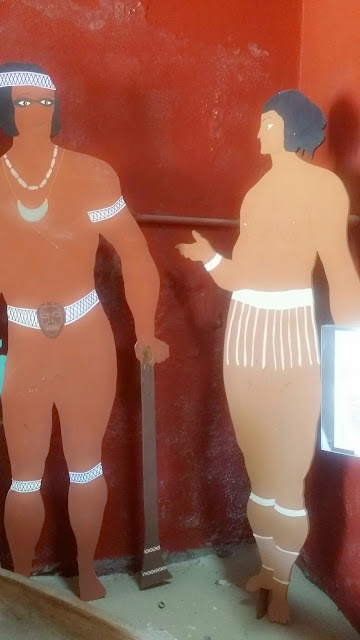

.JPG)




